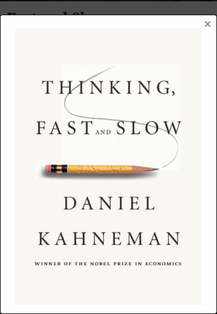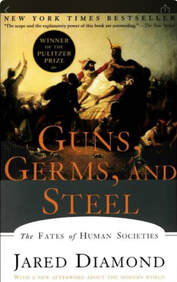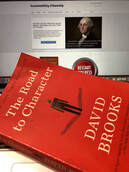
Kahneman, a research psychologist who won the 2002 Nobel Prize in economics for his work on decision-making, uses several metaphors of his own to present a fascinating look at our decision-making processes. His book, Thinking, Fast and Slow, is worth an essay in itself, and we'll cover that in more detail in a subsequent blog. For now, it is sufficient to note that Kahneman describes "systematic errors in the thinking of normal people" which his research shows are the result of "the design of the machinery of cognition rather than... the corruption of thought by emotion." He uses "System 1" to describe our fast response mechanism that relies more heavily on emotion and heuristics (models) to simplify our complex world and enable us to react in the way most likely to keep us safe. System 2, on the other hand, is slower and engages the ability to reason to a much greater extent, while still accepting inputs from emotions and cognitive models. [3]
The cognitive systems Kahneman describes are broadly shared, but at least some of the content of cognitive models, like availability and anchoring, vary based on individual and group experiences. It is like the child's toy that pushes blocks of clay through forms to create exotic shapes: the forms are the same but the color varies based on the type of clay that is put into the toy. One's level of education affords no necessary immunity to the error-inducing effects of our cognitive machinery. However, an understanding of the nature of the biases build into our systems of thought, along with conscious attention to mitigating those biases, can help.
The cognitive systems Kahneman describes are broadly shared, but at least some of the content of cognitive models, like availability and anchoring, vary based on individual and group experiences. It is like the child's toy that pushes blocks of clay through forms to create exotic shapes: the forms are the same but the color varies based on the type of clay that is put into the toy. One's level of education affords no necessary immunity to the error-inducing effects of our cognitive machinery. However, an understanding of the nature of the biases build into our systems of thought, along with conscious attention to mitigating those biases, can help.


 RSS Feed
RSS Feed